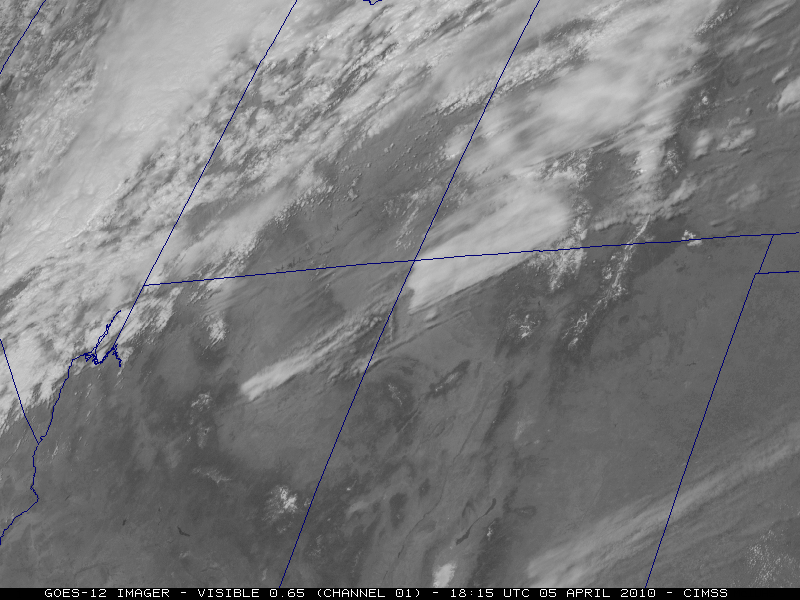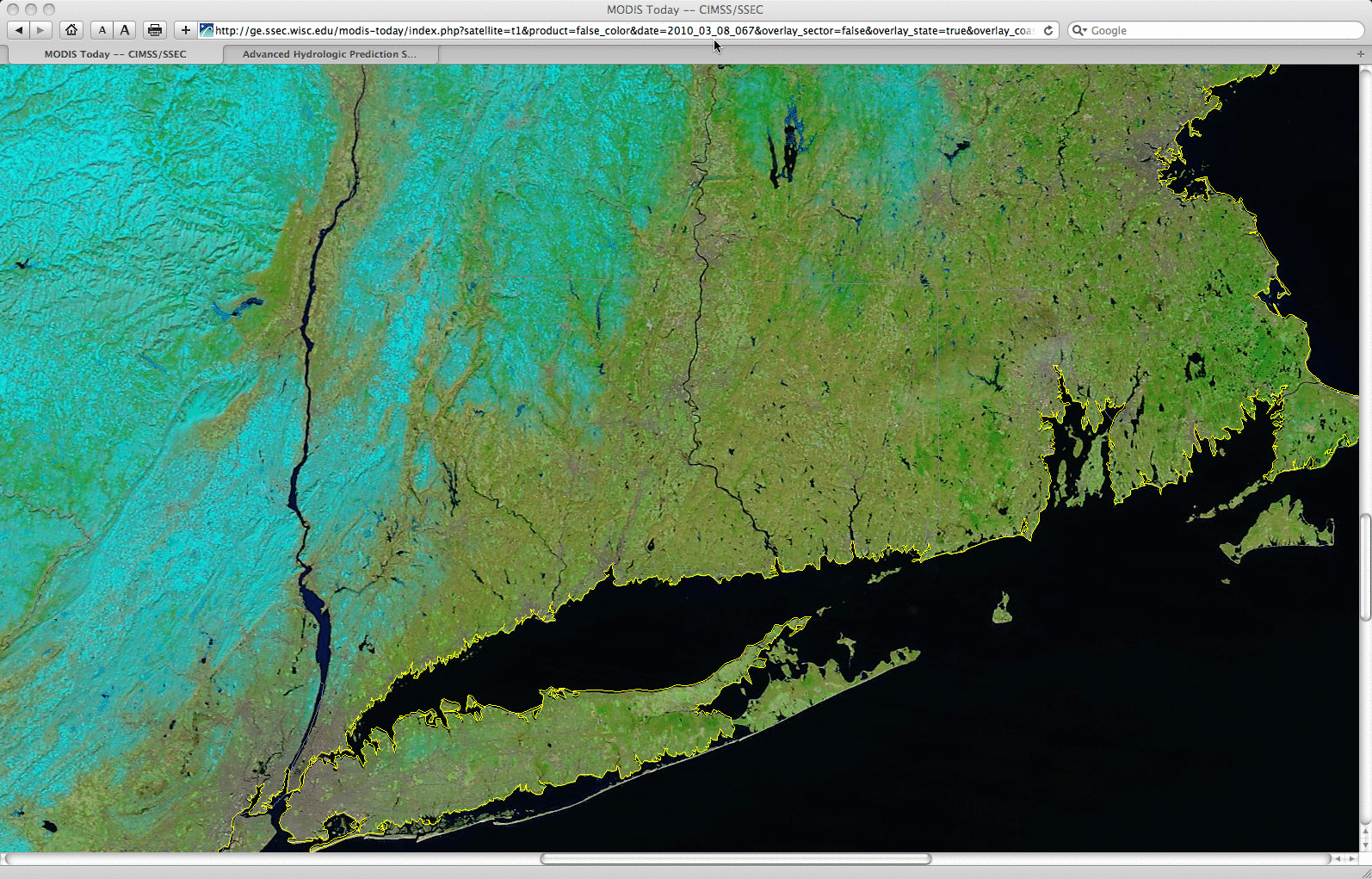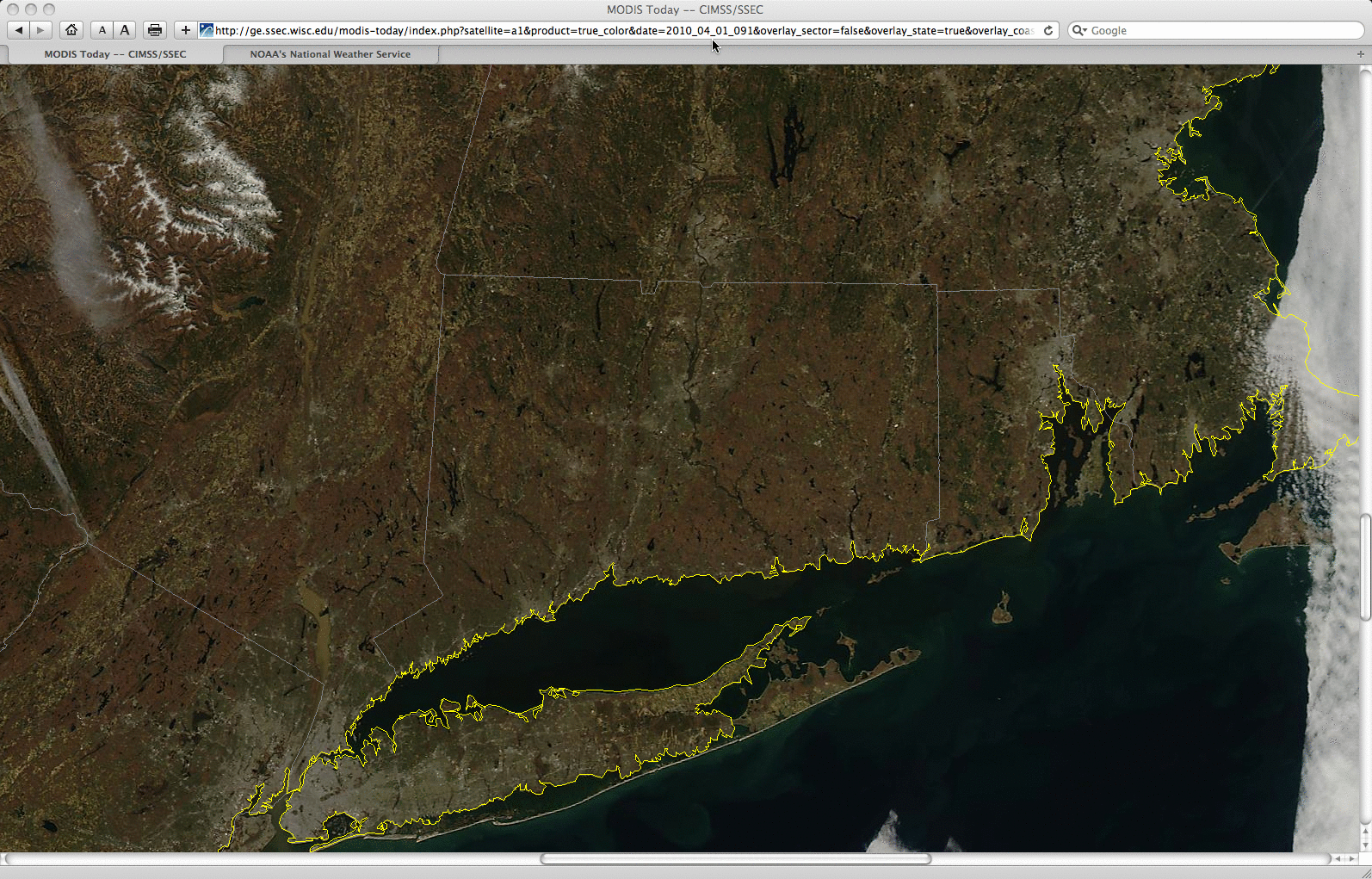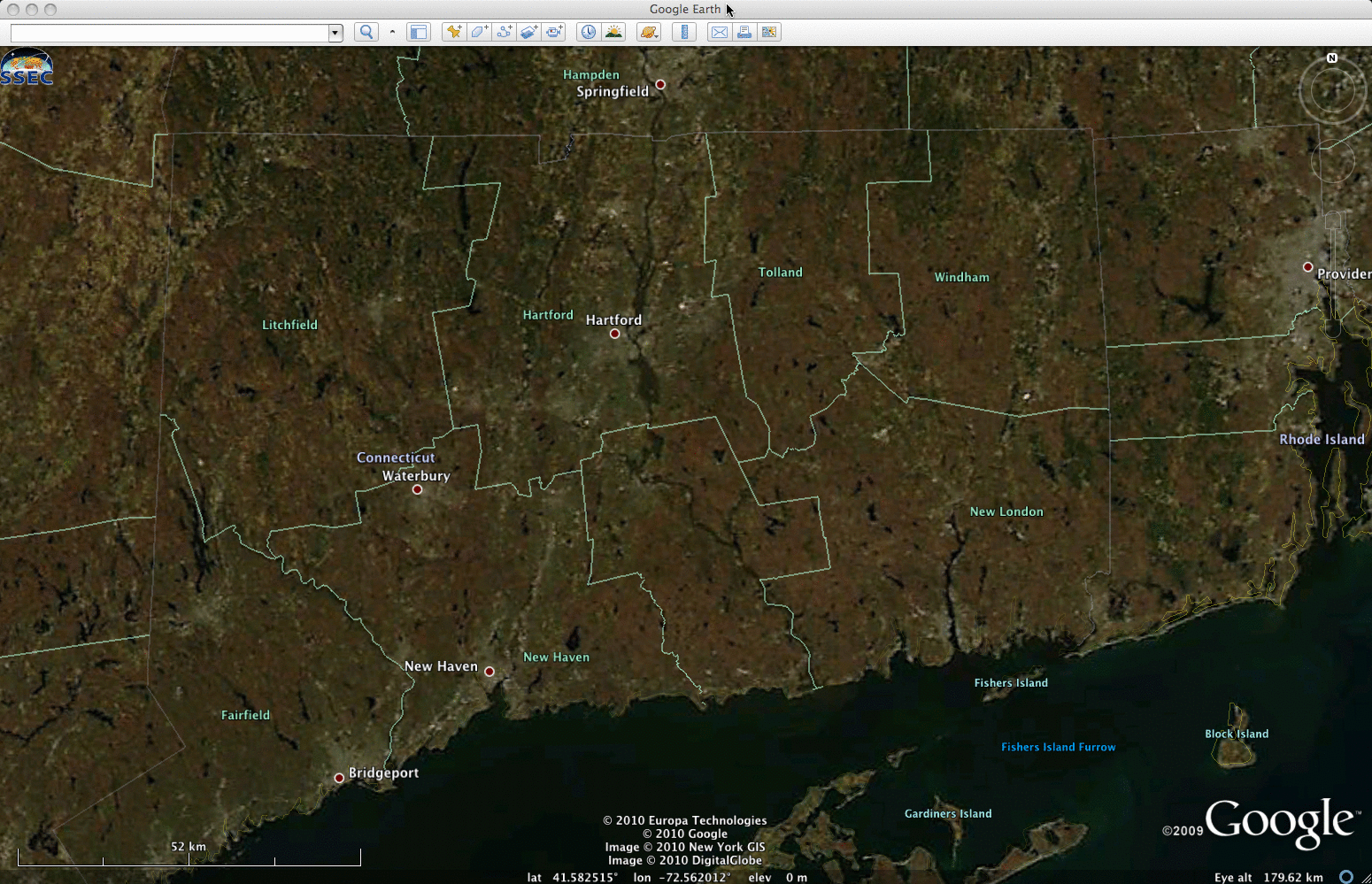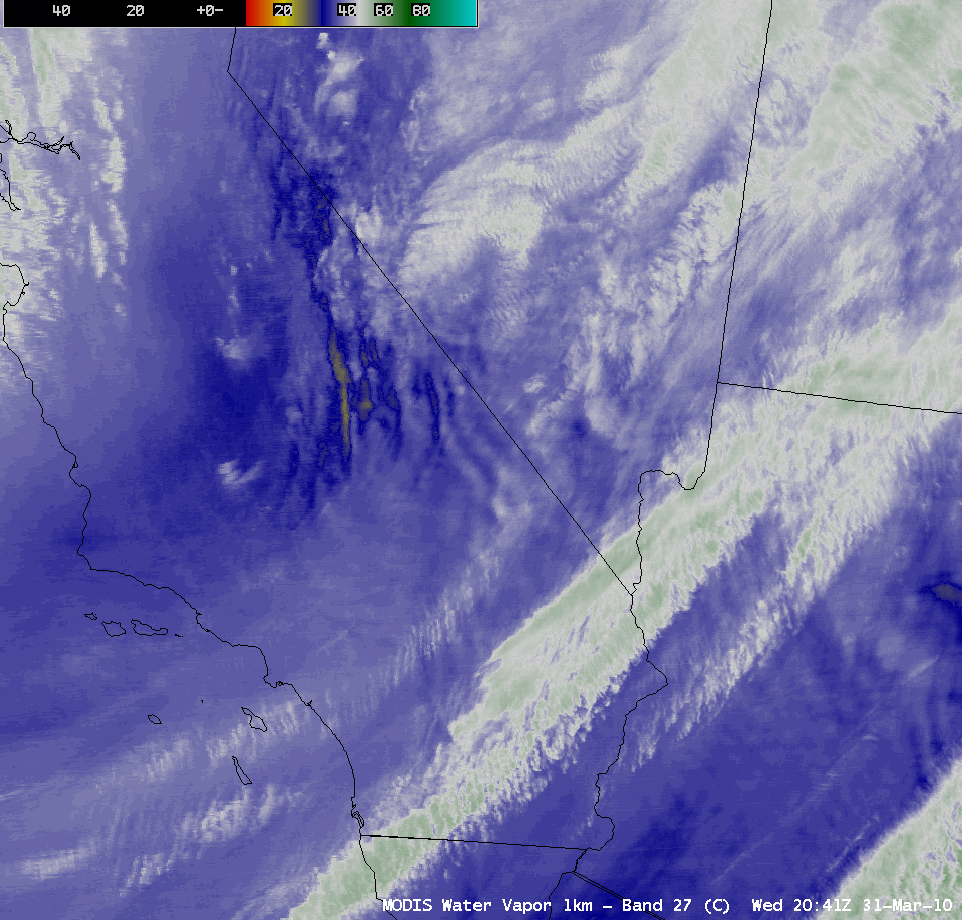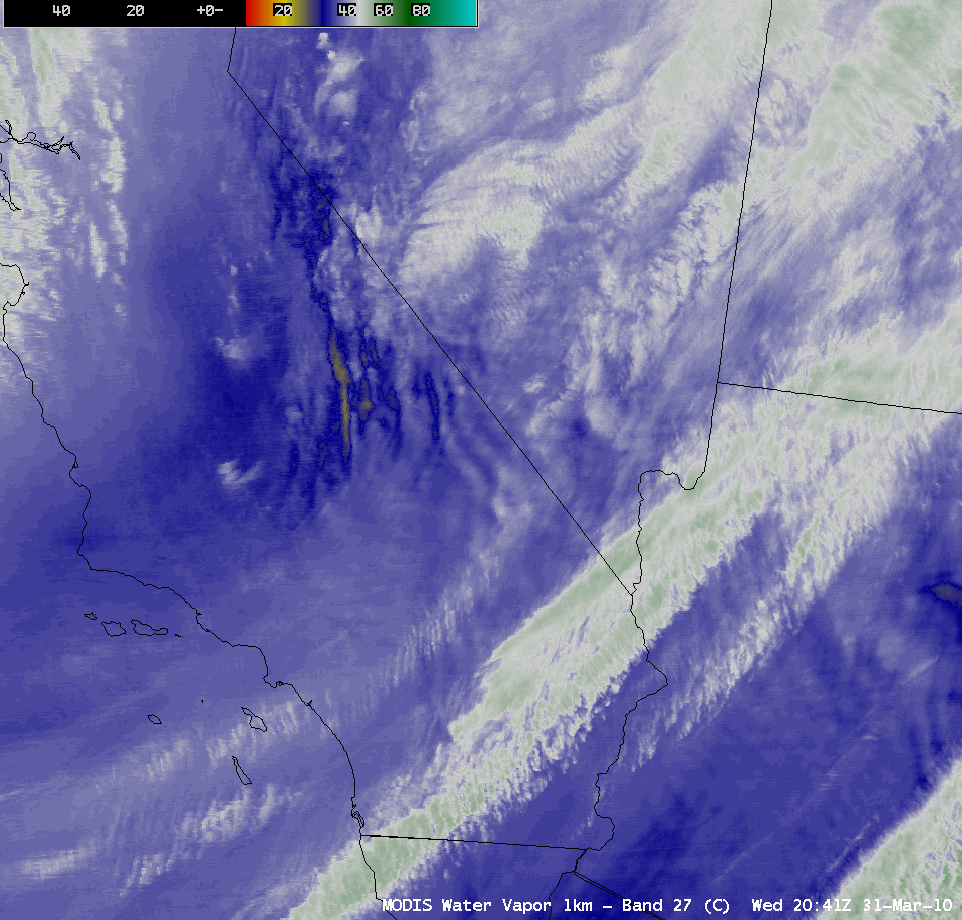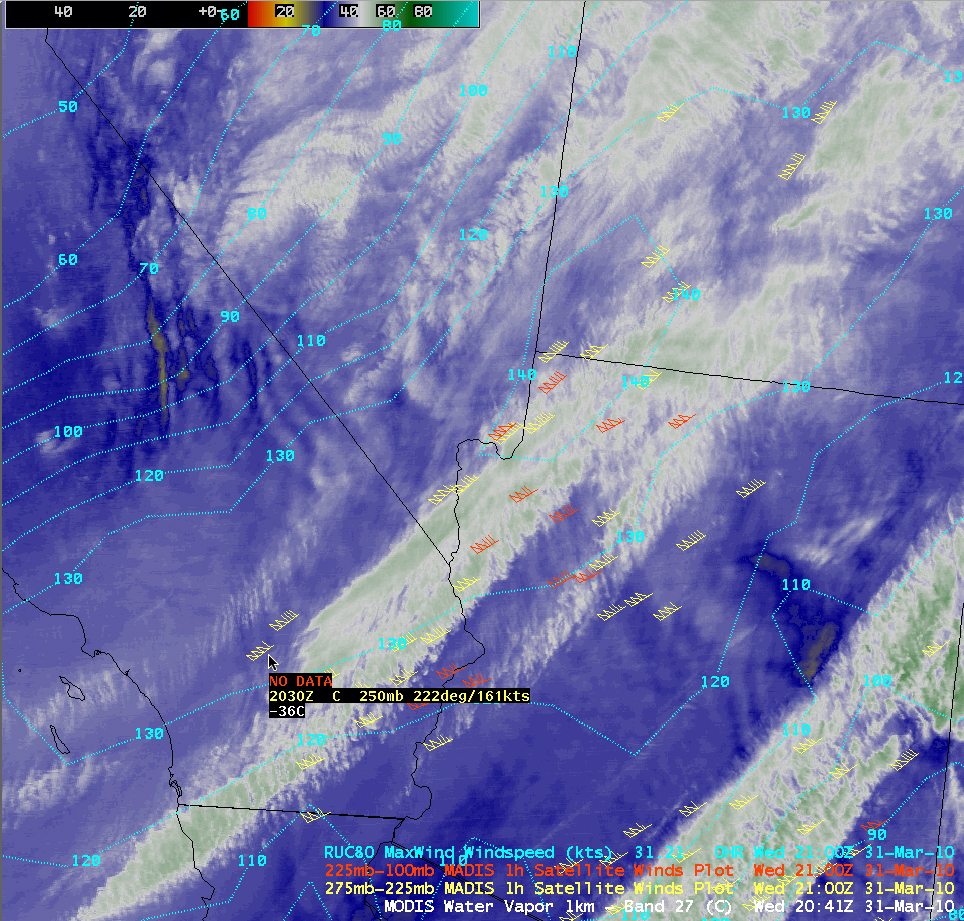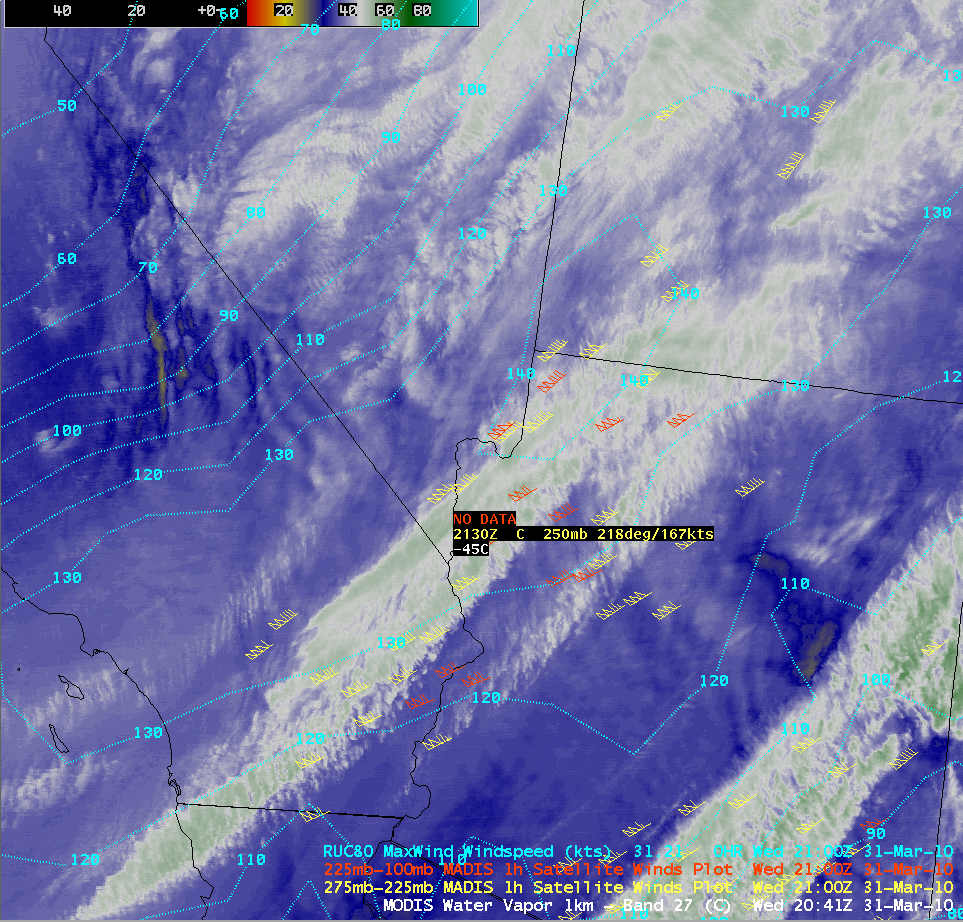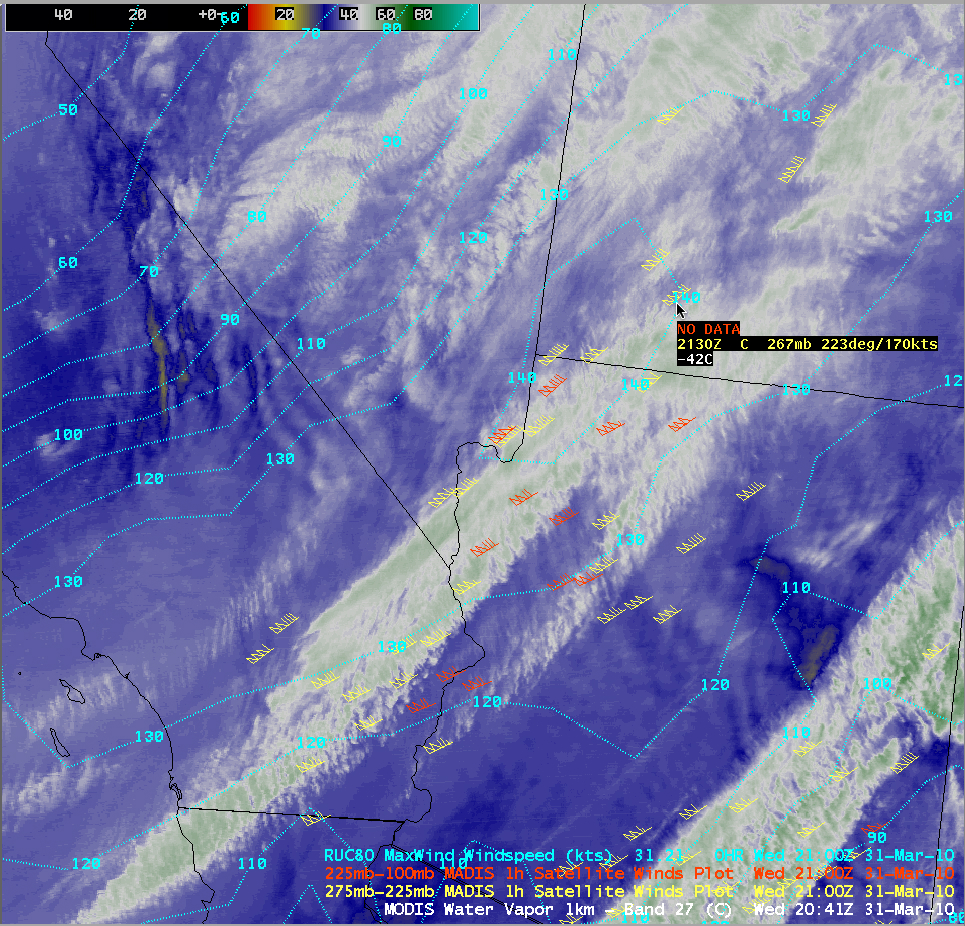Today marks the 50th anniversary of the first image from the meteorological satellite TIROS-1, which was available on 01 April 1960 (above). While TIROS-1 was only operational for 78 days, it provided a number of images of the Earth and cloud systems (including the first image of a tropical cyclone,... Read More
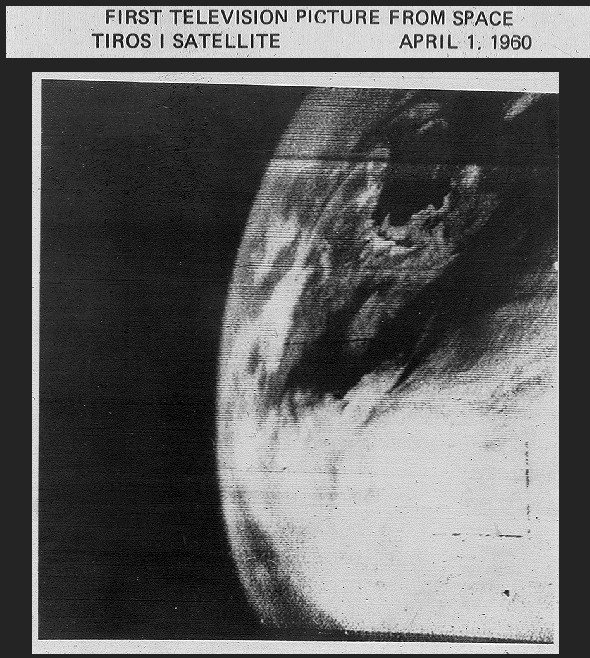
First TIROS-1 image (01 April 1960)
Today marks the 50th anniversary of the first image from the meteorological satellite TIROS-1, which was available on 01 April 1960 (above). While TIROS-1 was only operational for 78 days, it provided a number of images of the Earth and cloud systems (including the first image of a tropical cyclone, over the South Pacific Ocean on 10 April 1960).
To demonstrate how satellite imagery has improved over the past 50 years, one only has to examine McIDAS images of NOAA GOES-13 visible channel data (below) over the same general region as shown on the first TIROS-1 image (Maine, and the Canadian Maritime provinces). While swirling high-level clouds occupy most of the satellite scene on 01 April 2010, you can still see very good details of low cloud features, such as the stratus deck beginning to erode over parts of Maine and New Hampshire. One particular feature of interest is the bright white snow-covered peak of Mount Katahdin in north-central Maine (which remains stationary in the images, as the clouds around it erode) — this geographic feature has a peak elevation of 5,268 ft (1,605.7 m), and marks the northern point of the Appalachian Trail. Also, if you look closely, you can also see a small ice floe moving slowly westward across open waters of the Gulf of Saint Lawrence, just south of the coast of Quebec (near the upper right corner of the images) — sea ice in the Gulf of Saint Lawrence was also seen in some of the earliest TIROS-1 images.
Note that GOES-13 will replace GOES-12 as the operational GOES-East satellite on 14 April 2010.
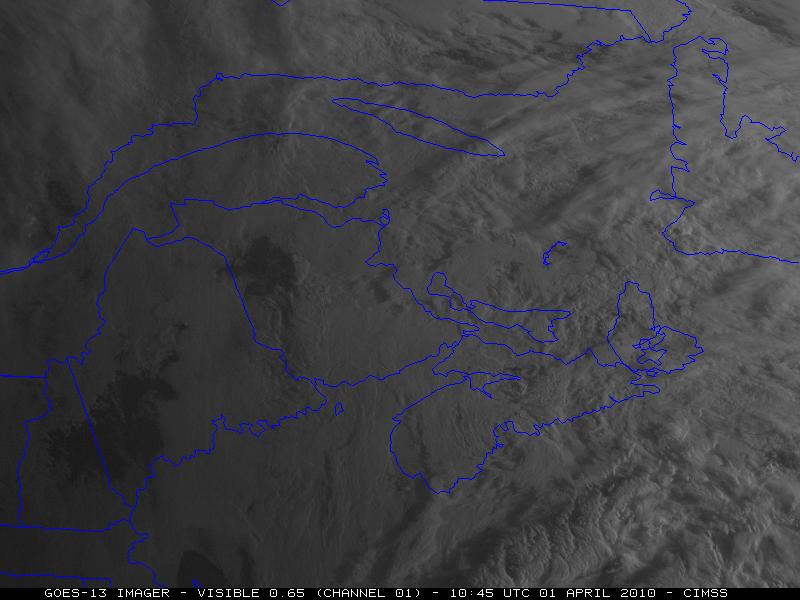
GOES-13 visible images (01 April 2010)
Polar orbiting (POES) satellite imagery has also improved dramatically, as can be seen on a NOAA-17 AVHRR false color Red/Green/Blue (RGB) image (using AVHRR channels 01/02/04) centered over Maine on 01 April 2010 (below). Again, note the brighter white snow-covered peak of Mount Katahdin, located to the northwest of Millinocket (station identifier KMLT). The widespread low clouds appear brighter white on the false color image, while high cirrus clouds in the northwestern corner of the image take on more of a light blue tint. Bare (snow-free) ground in southwestern Maine appears as shades of green.
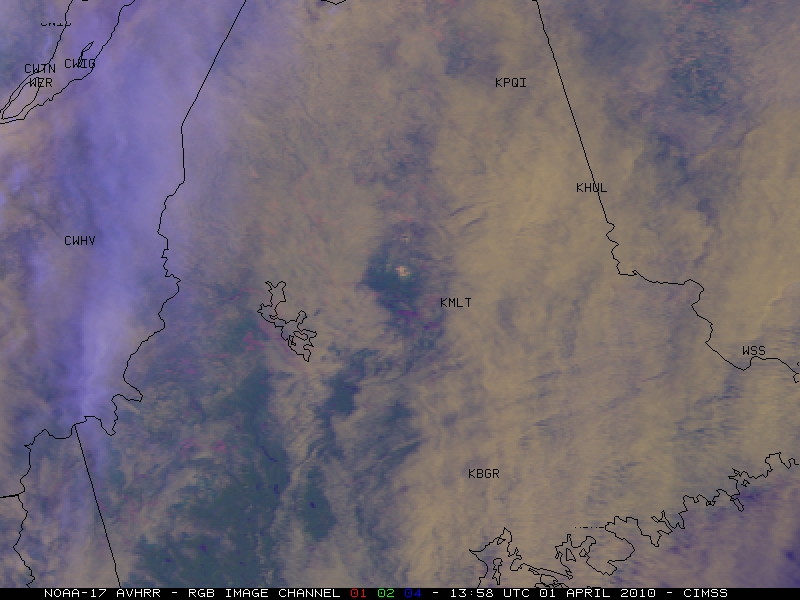
NOAA-17 AVHRR false color RGB image (01 April 2010)
View only this post
Read Less


